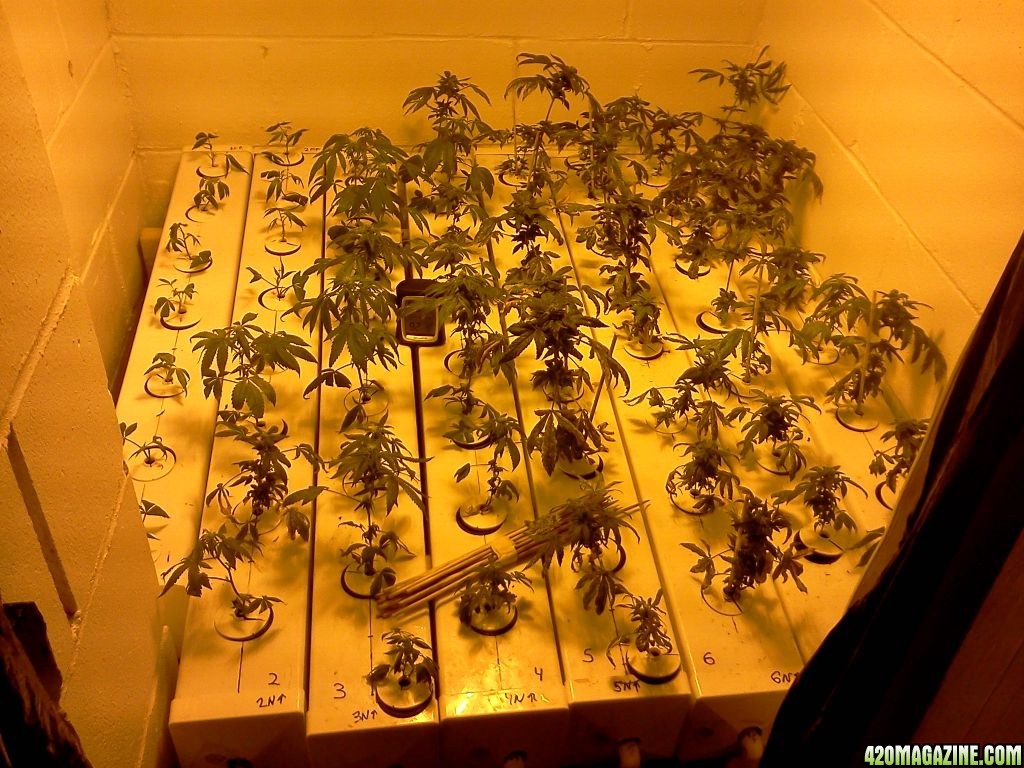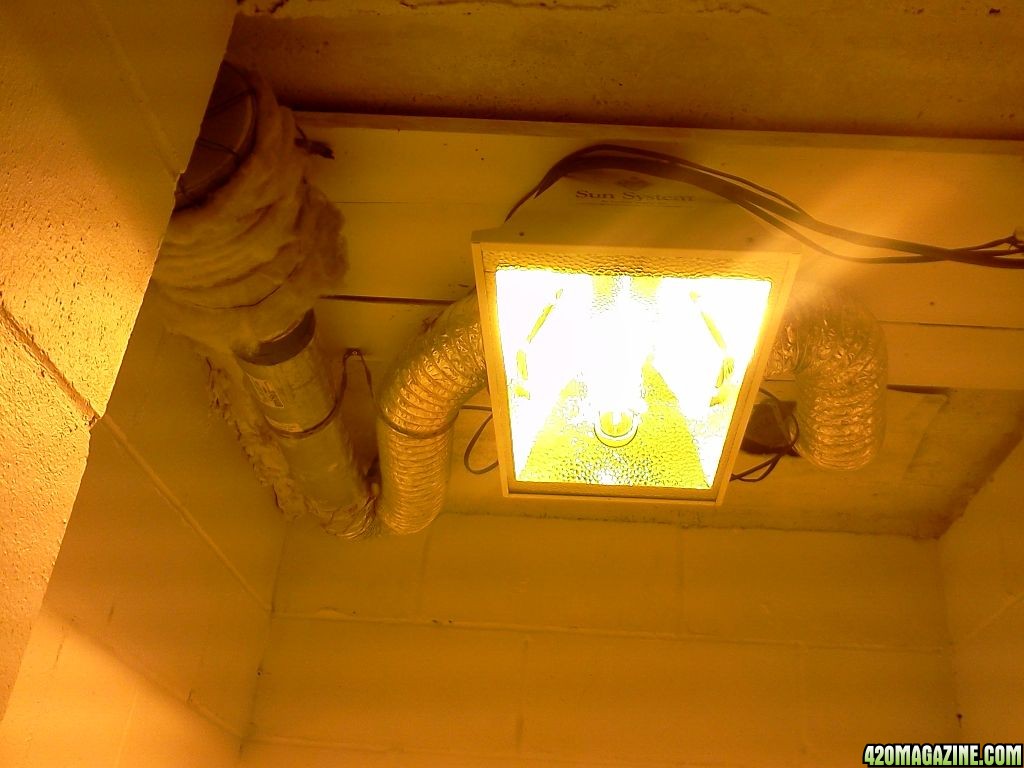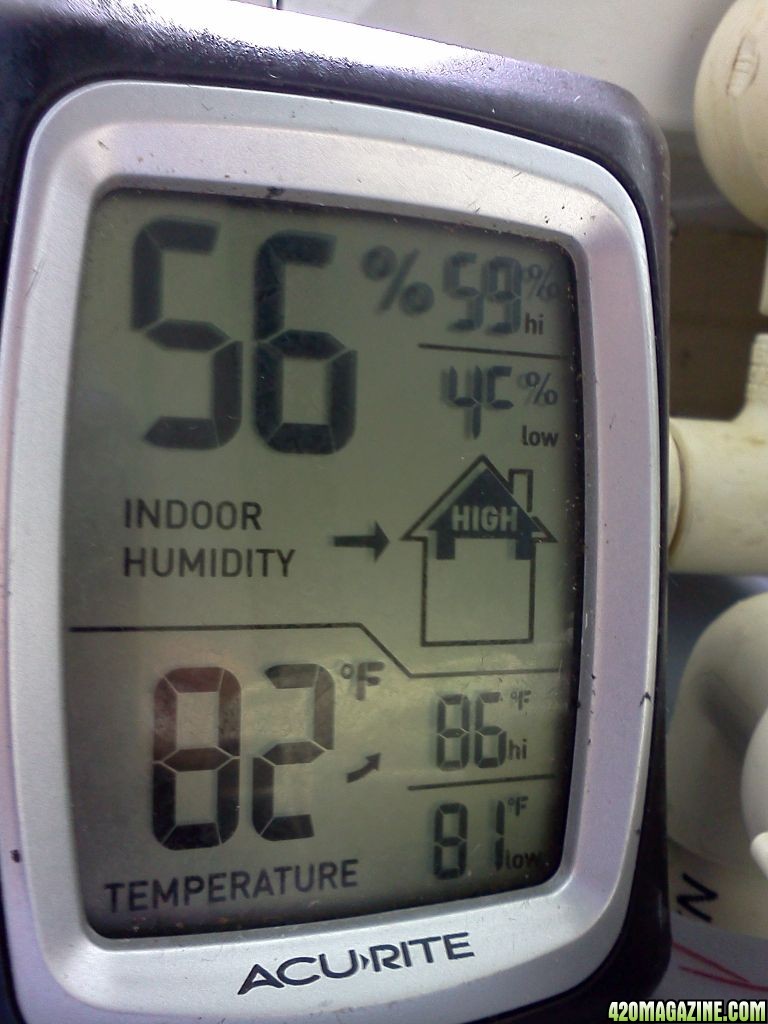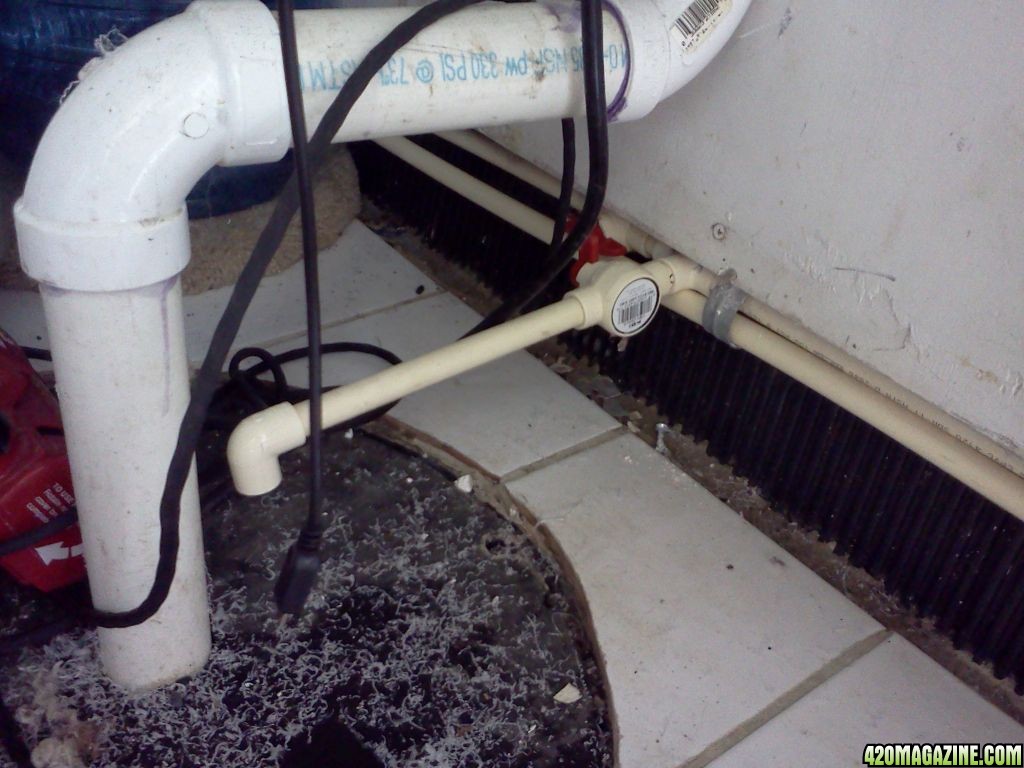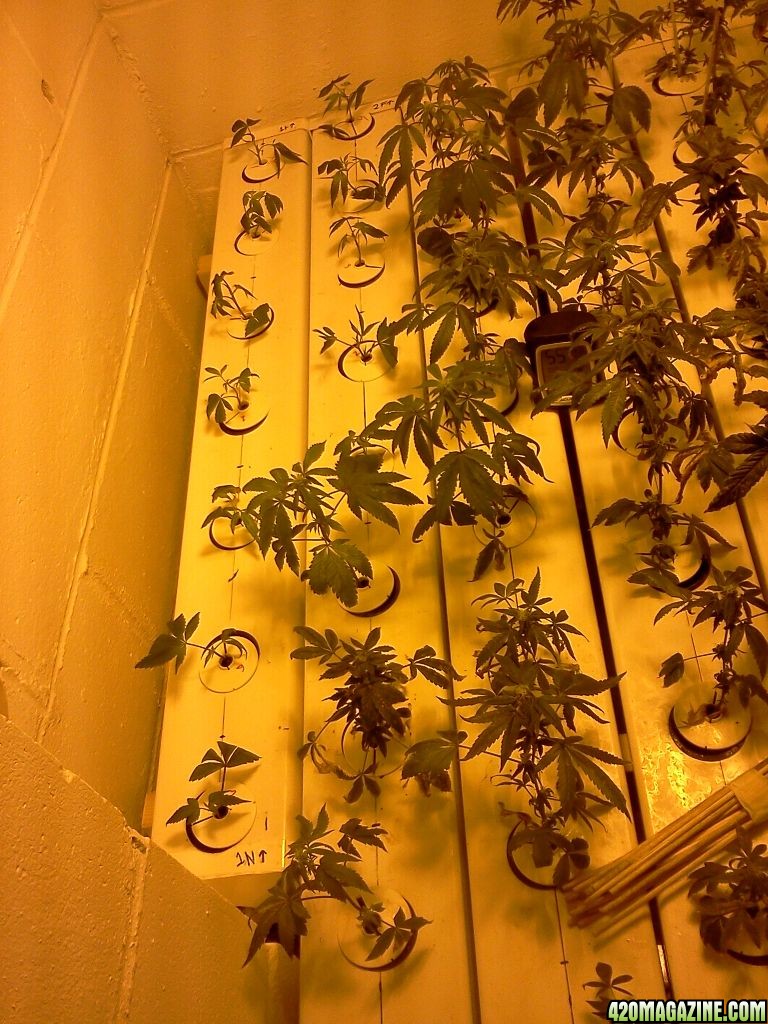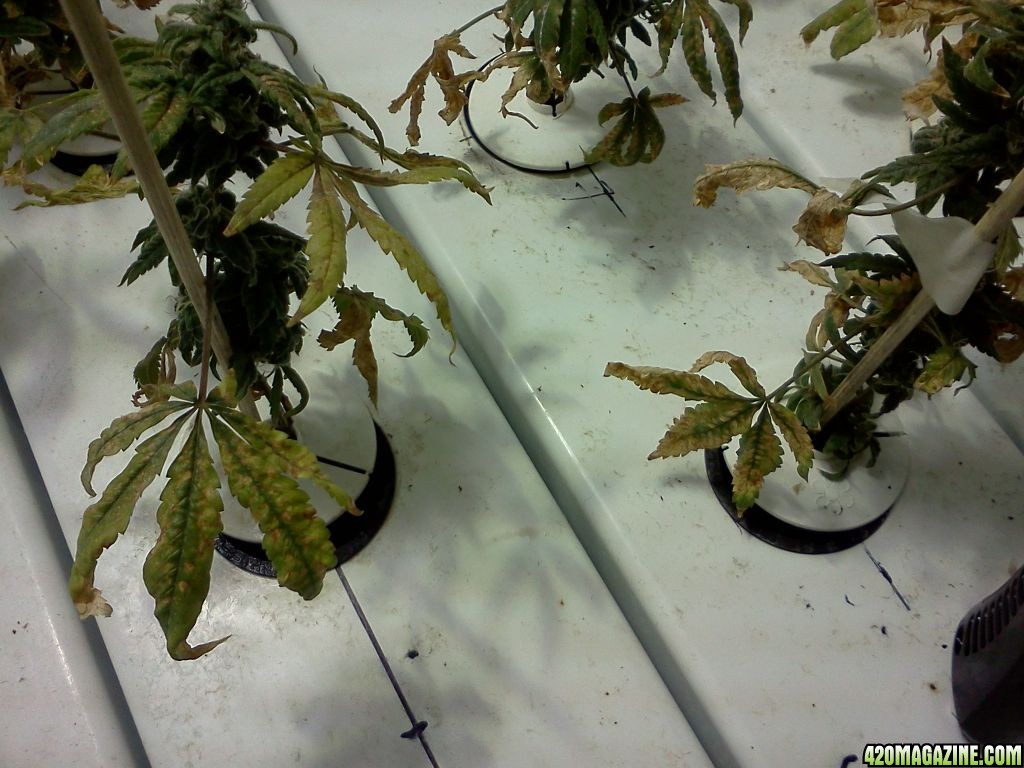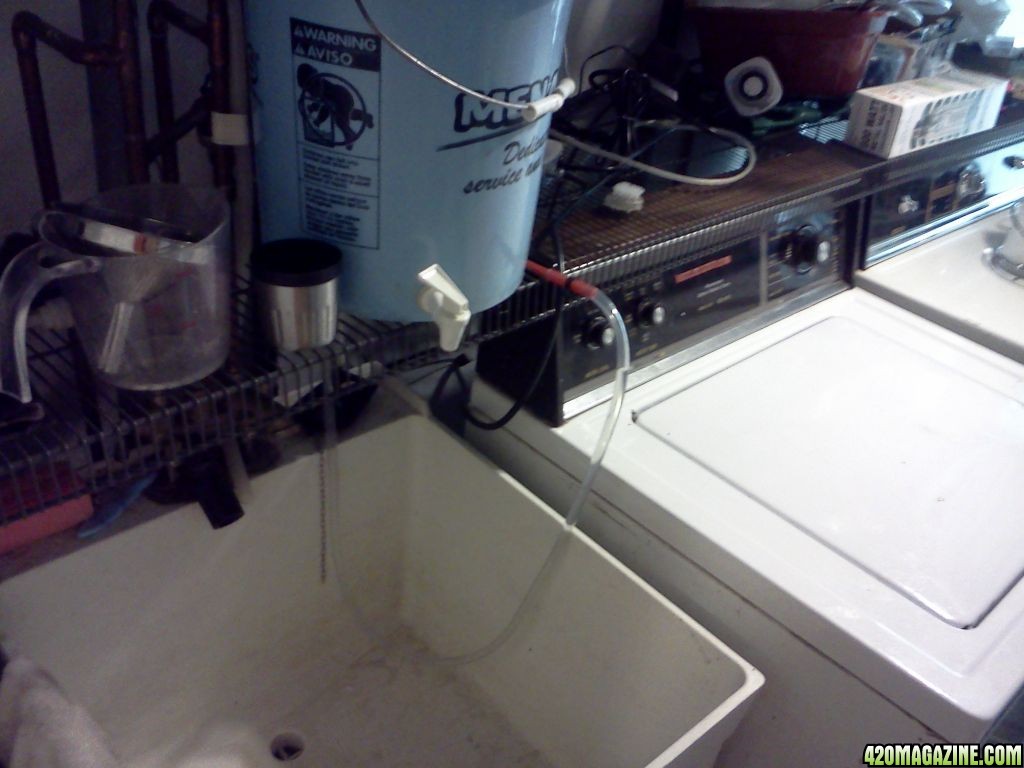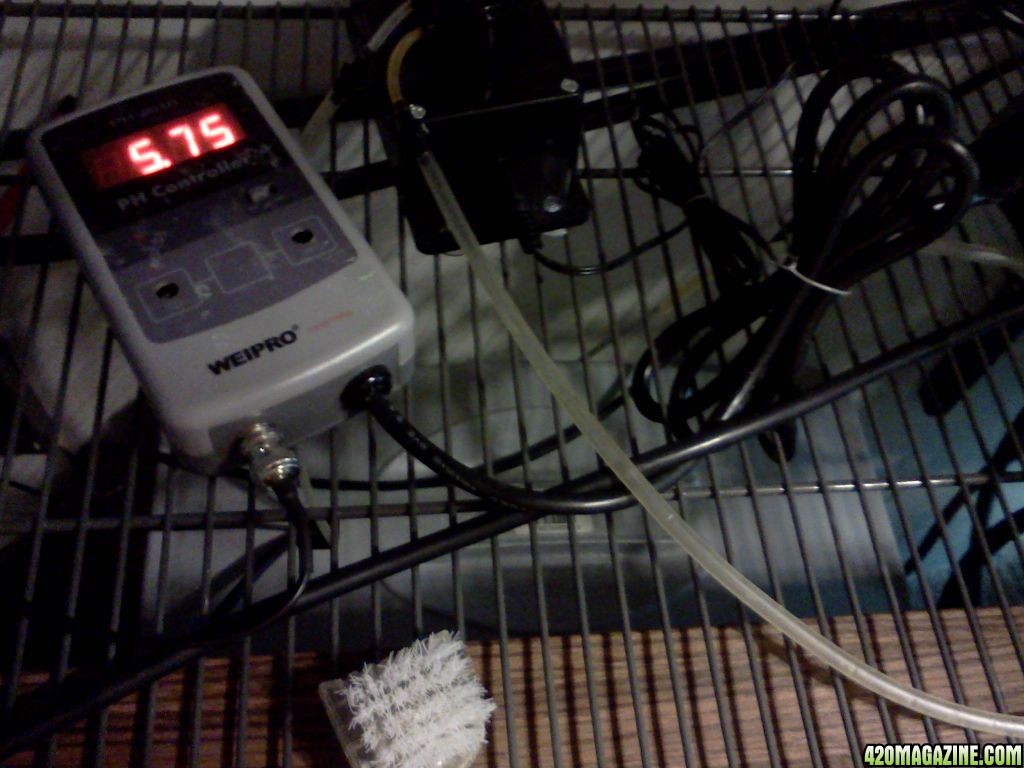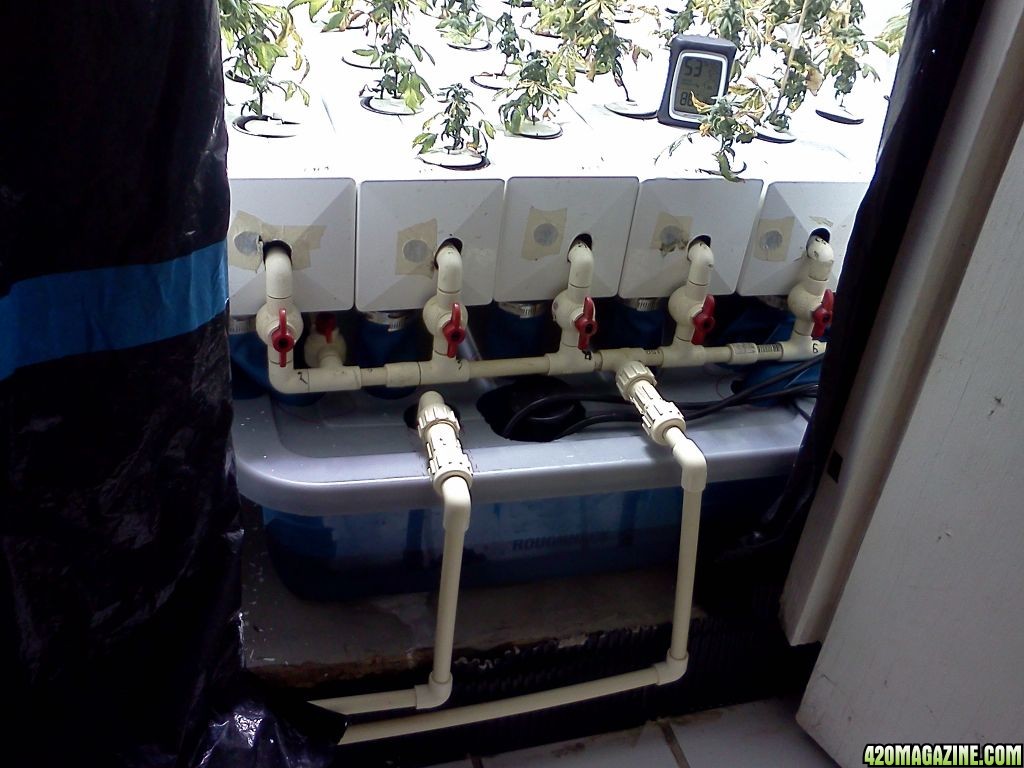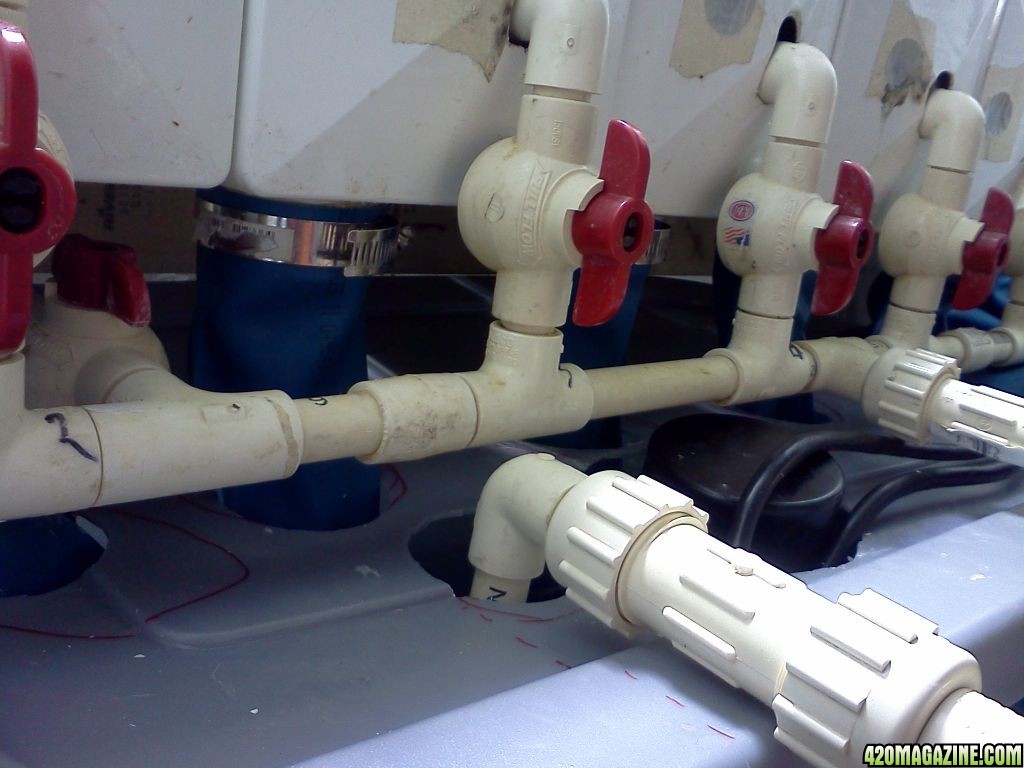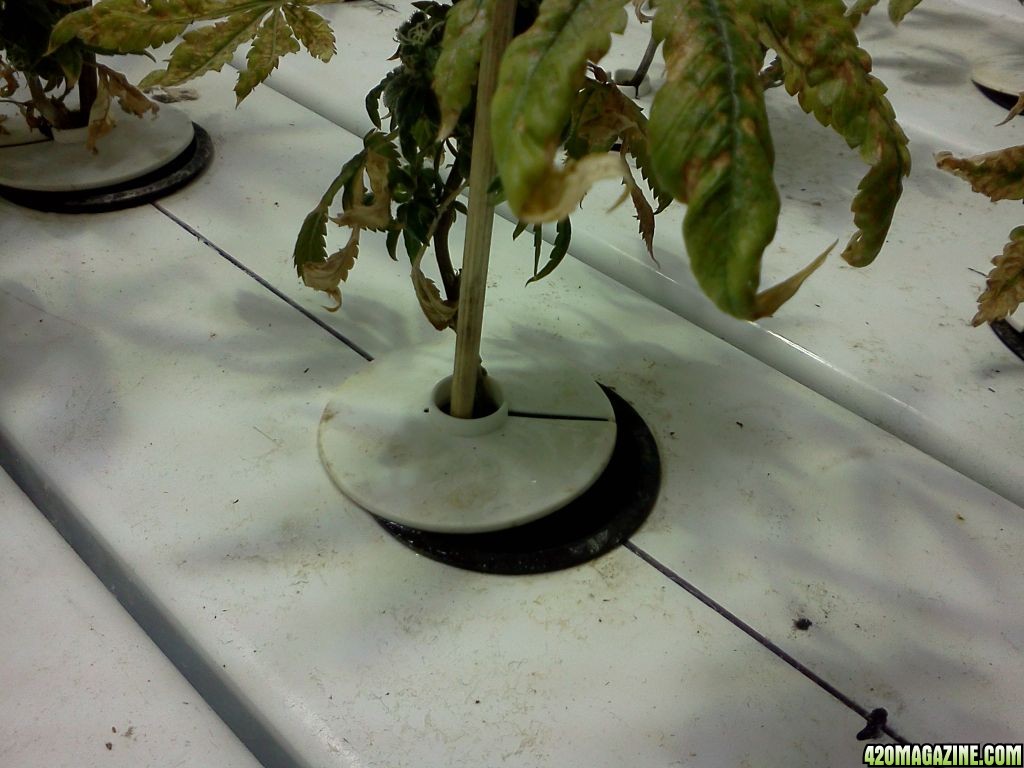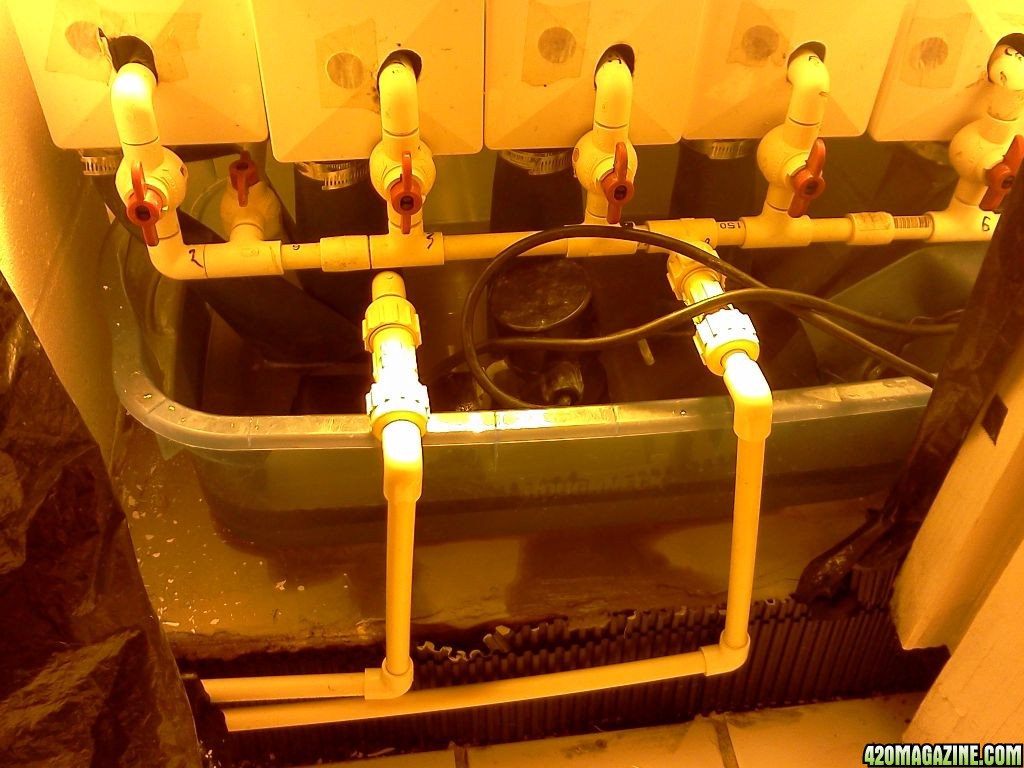dragontoker
New Member
Whats the res temp? Should get no higher then 68f. No lower then 65f.
How To Use Progressive Web App aka PWA On 420 Magazine Forum
Note: This feature may not be available in some browsers.

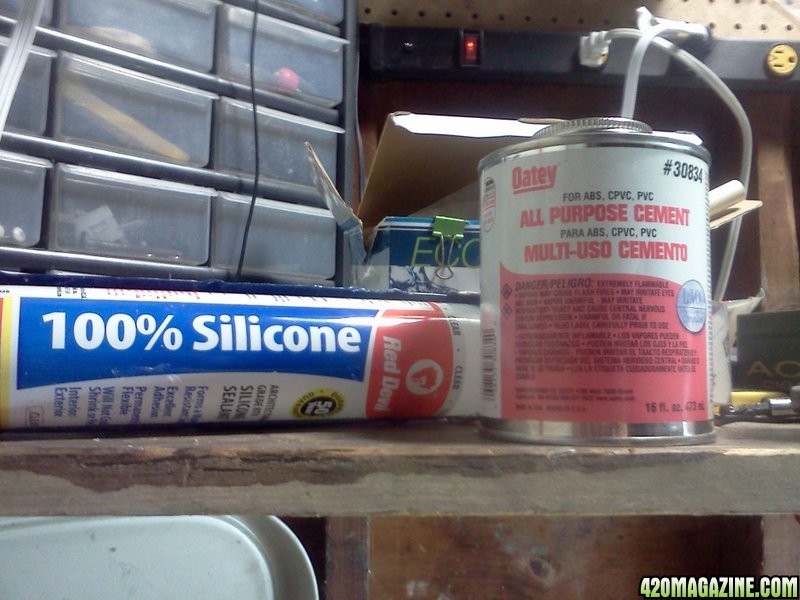
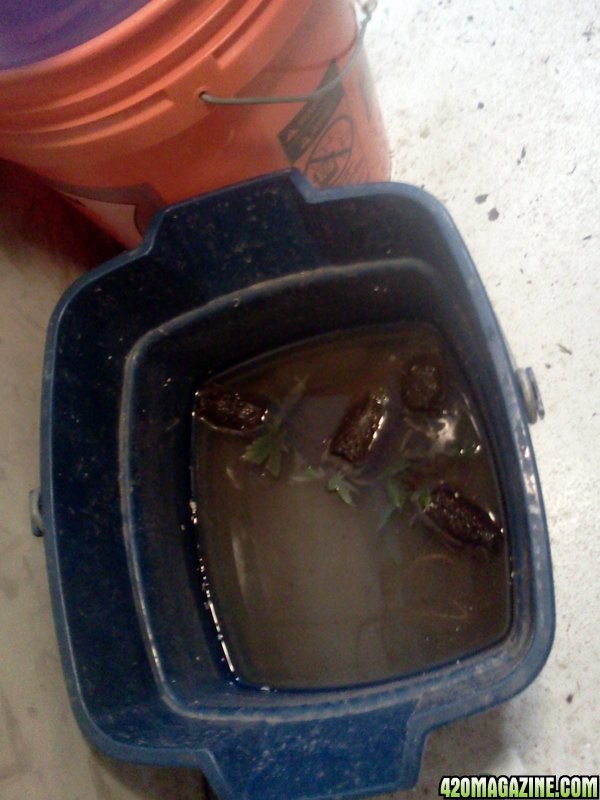
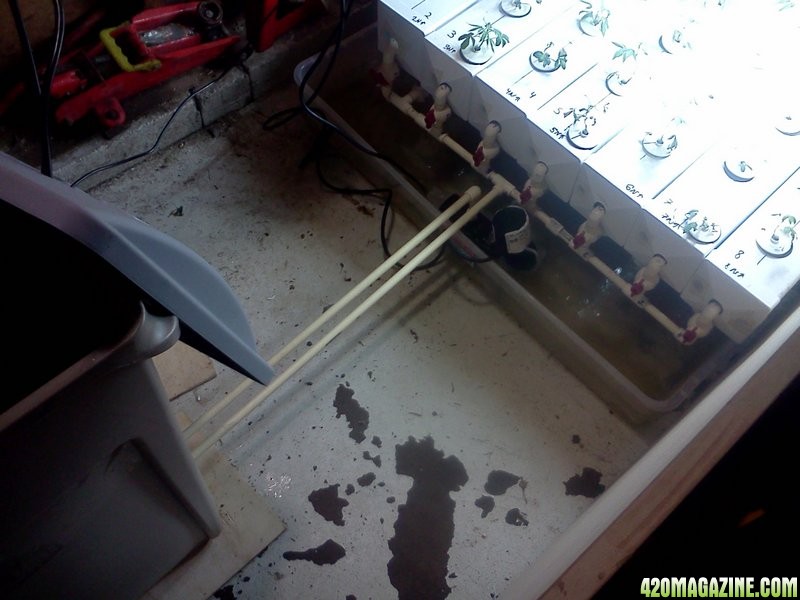
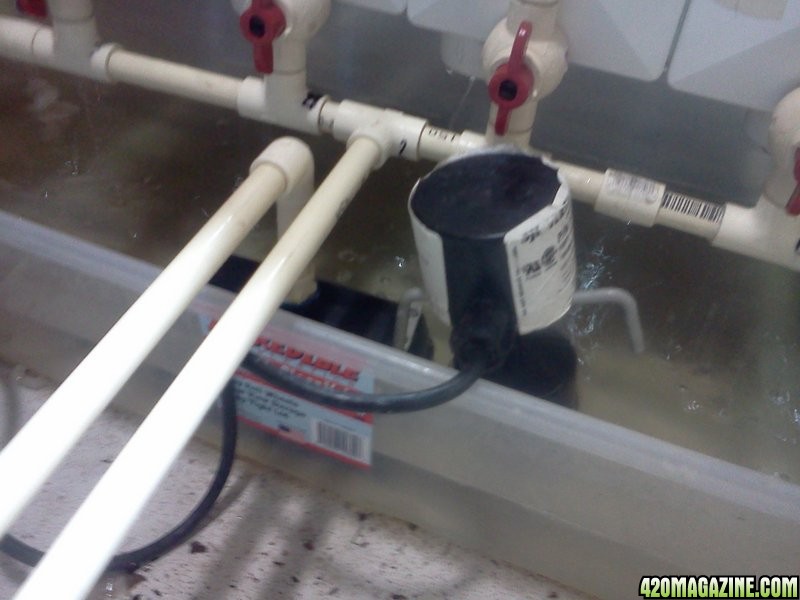
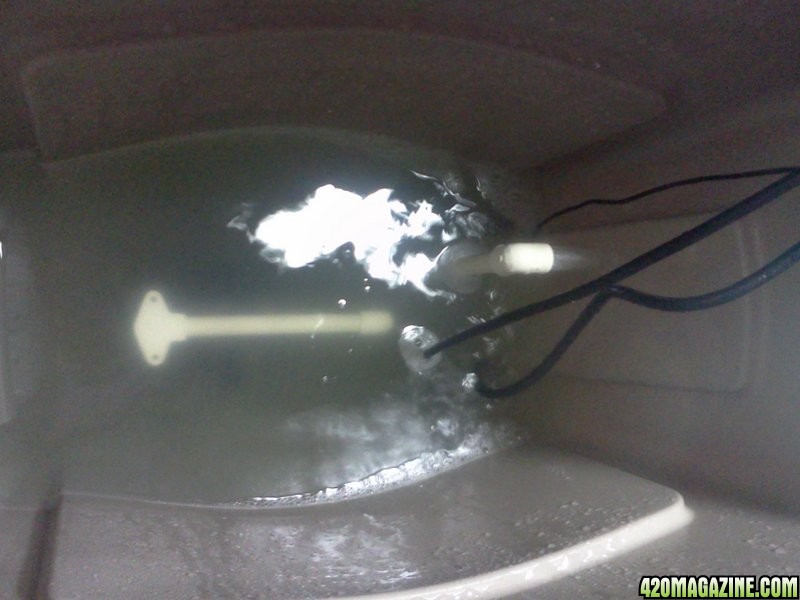
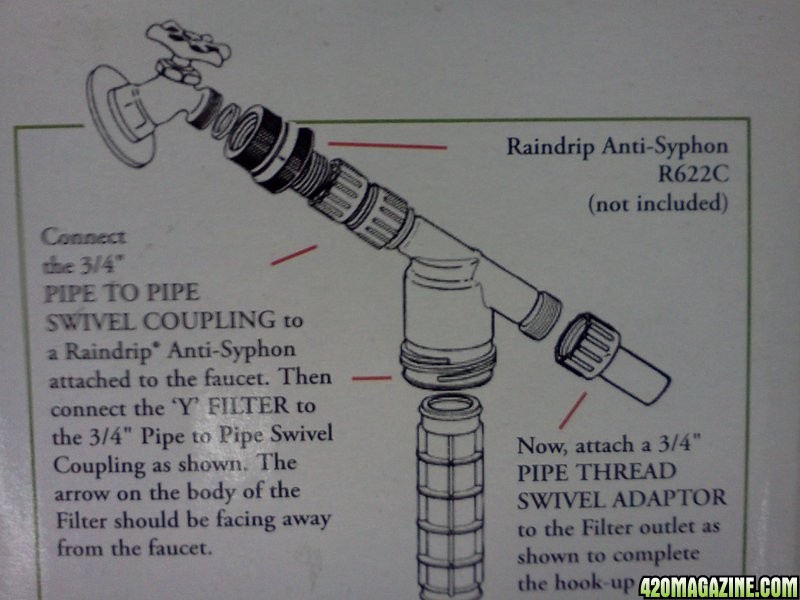
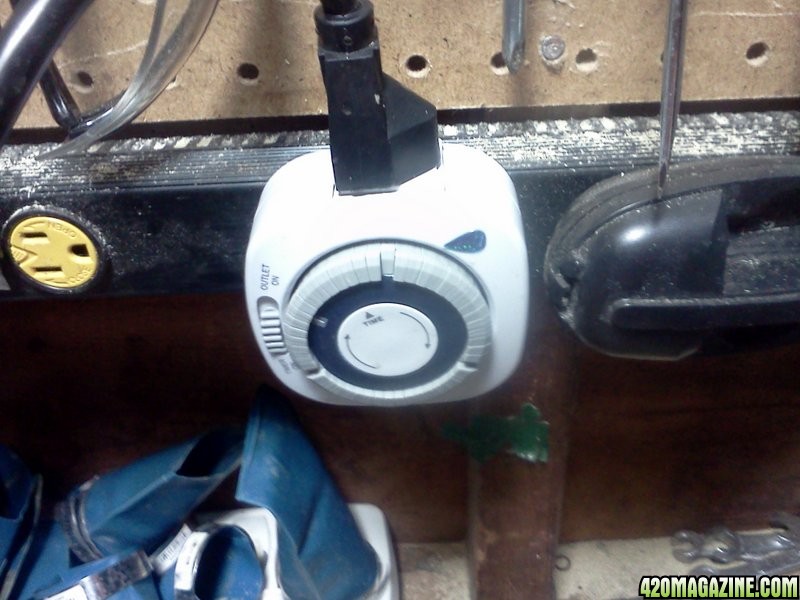
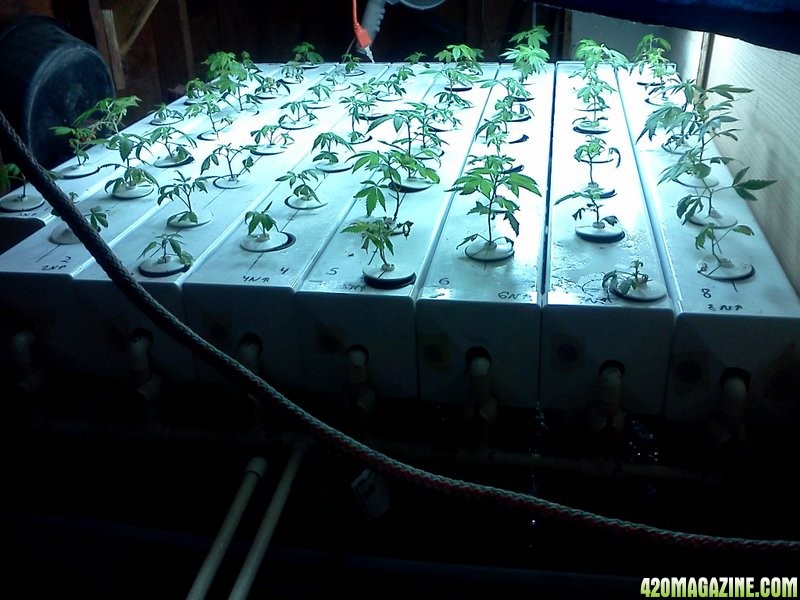
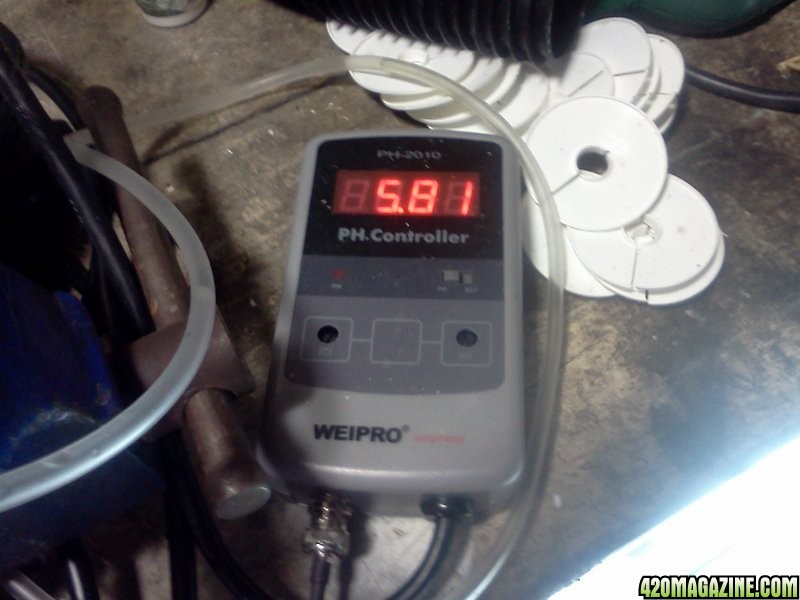
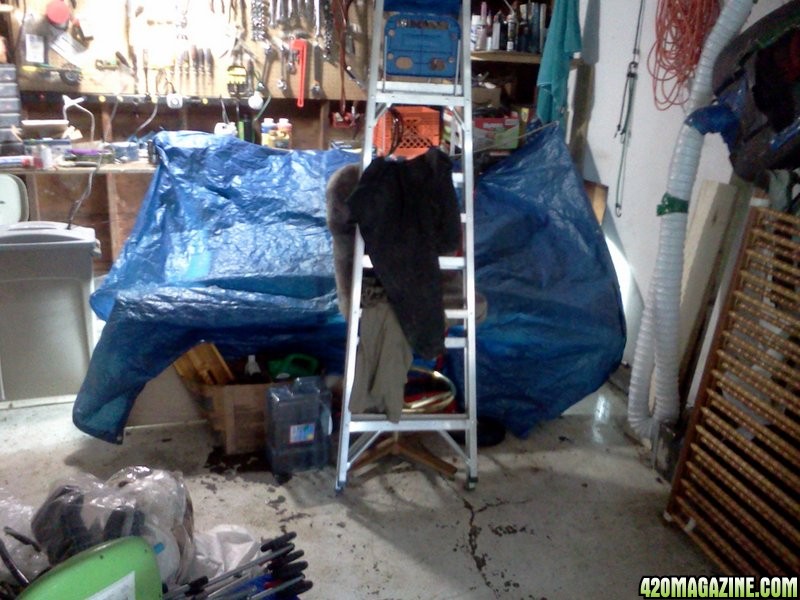
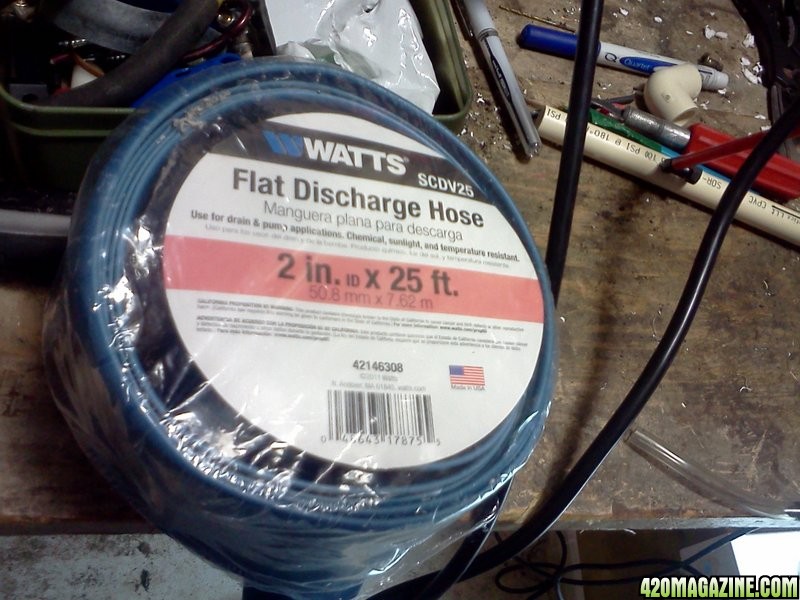
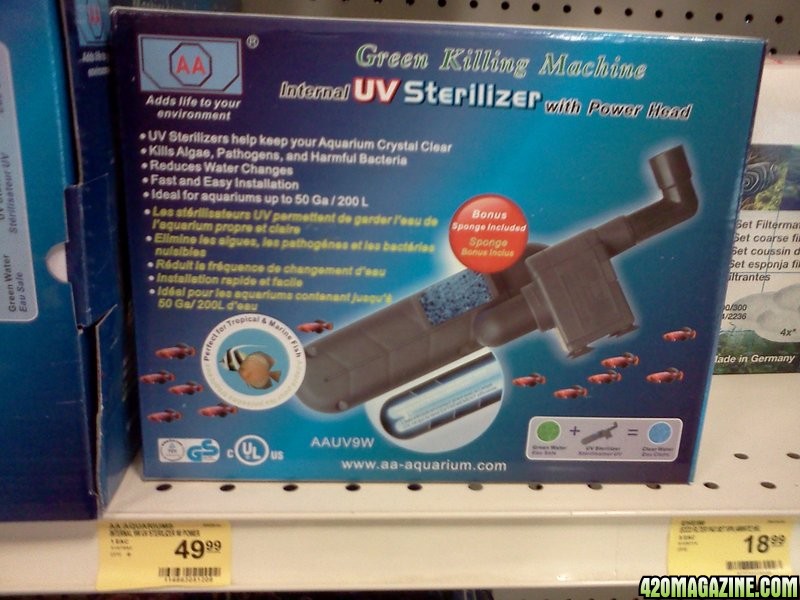
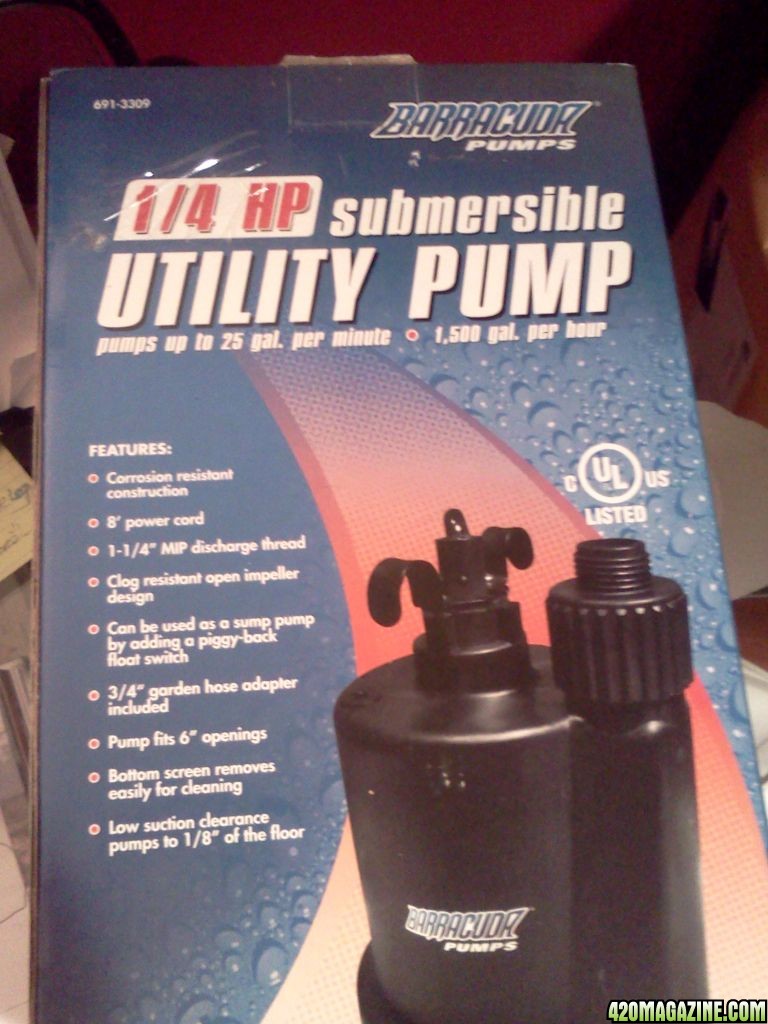
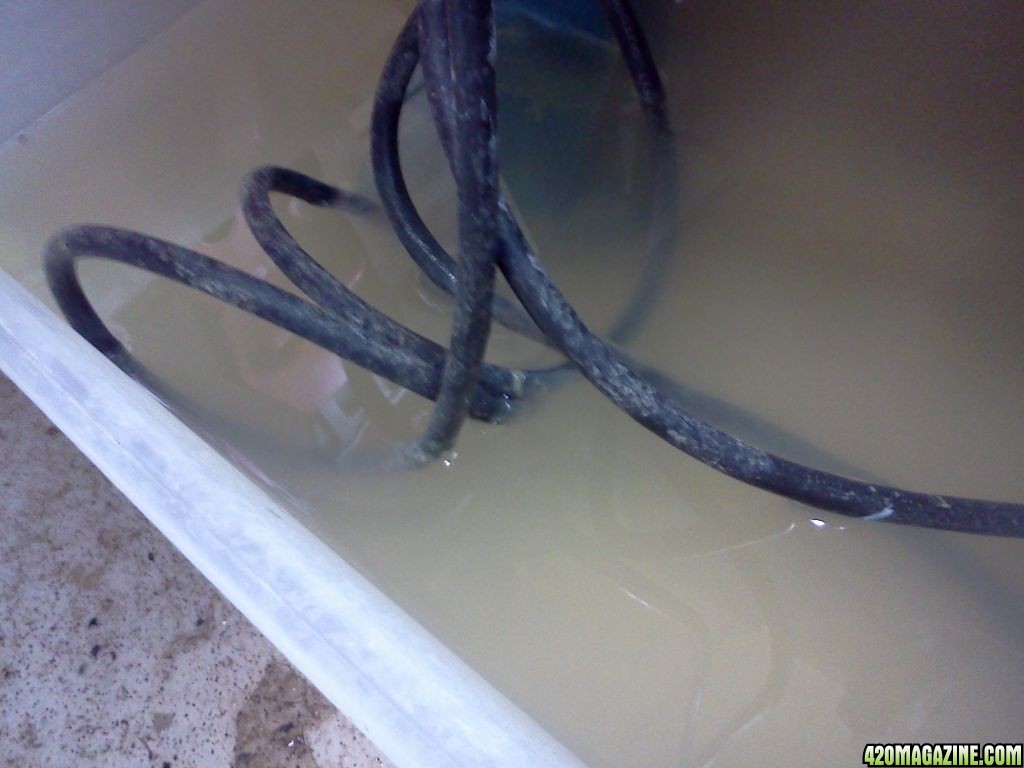
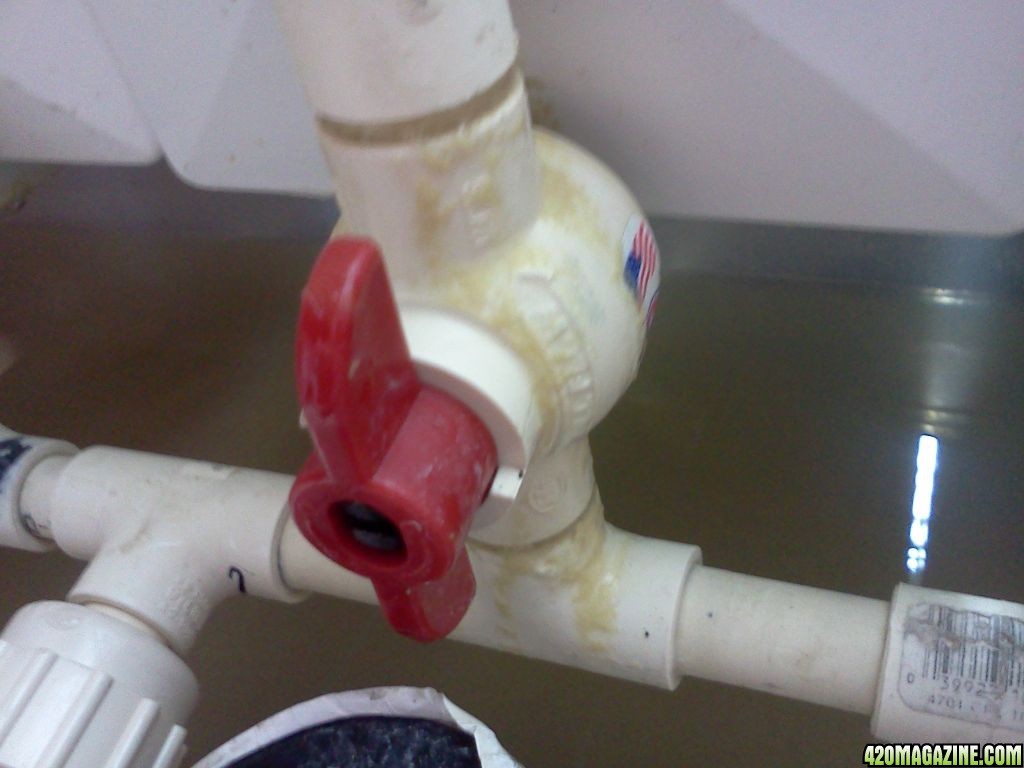
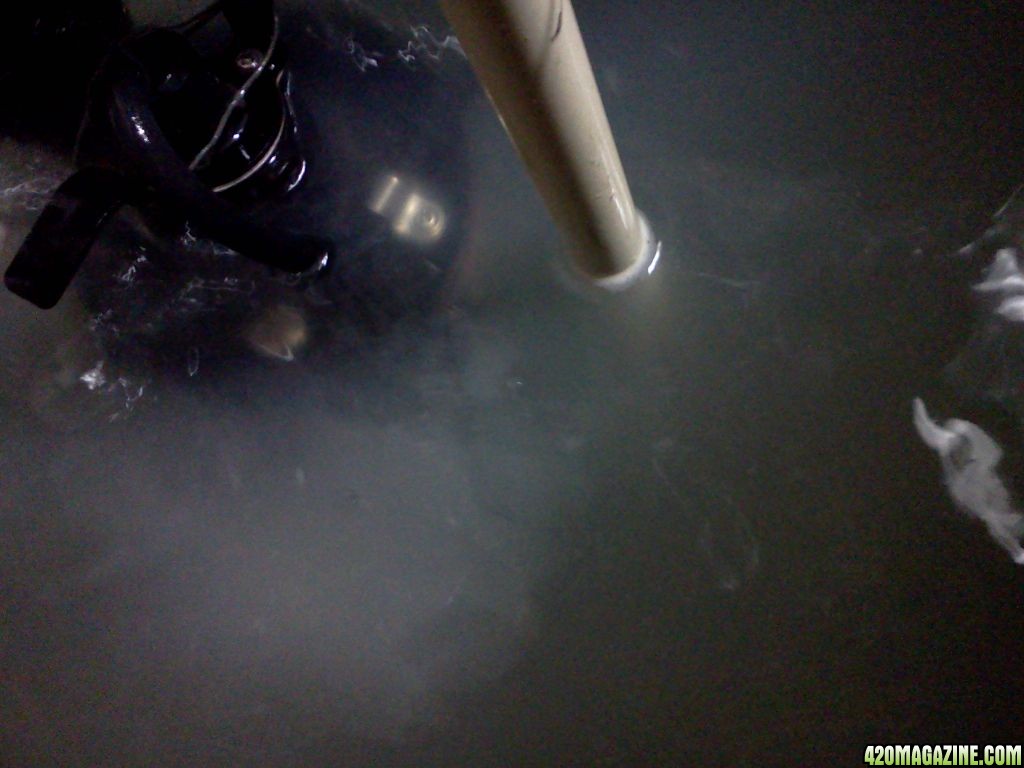
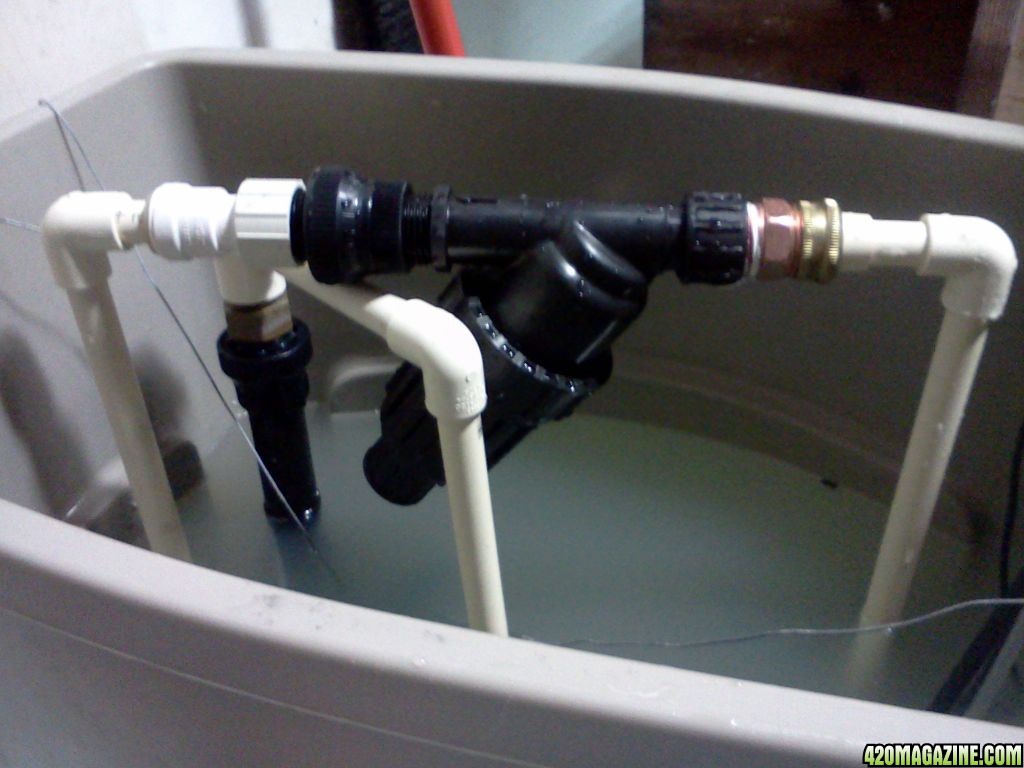
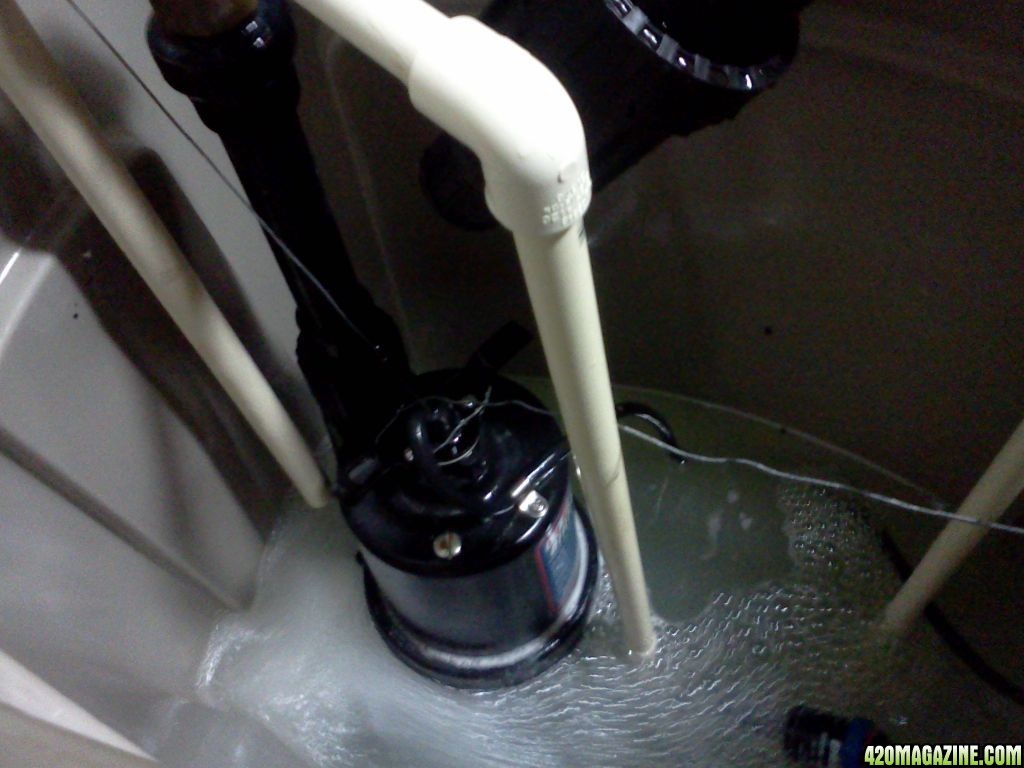
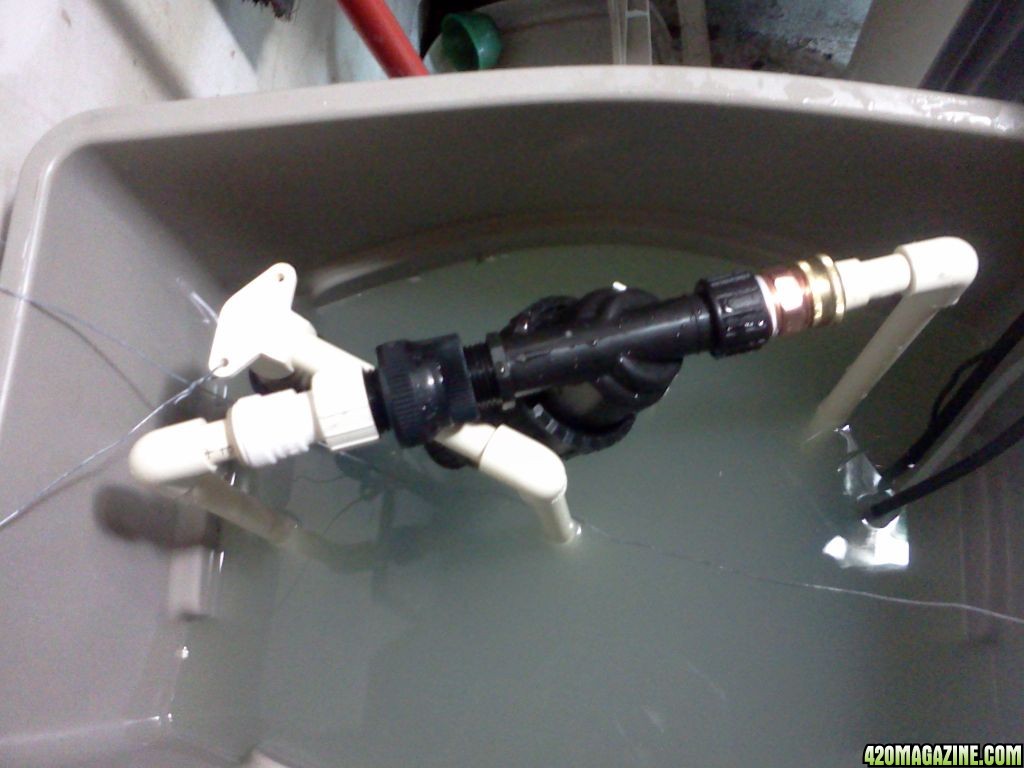
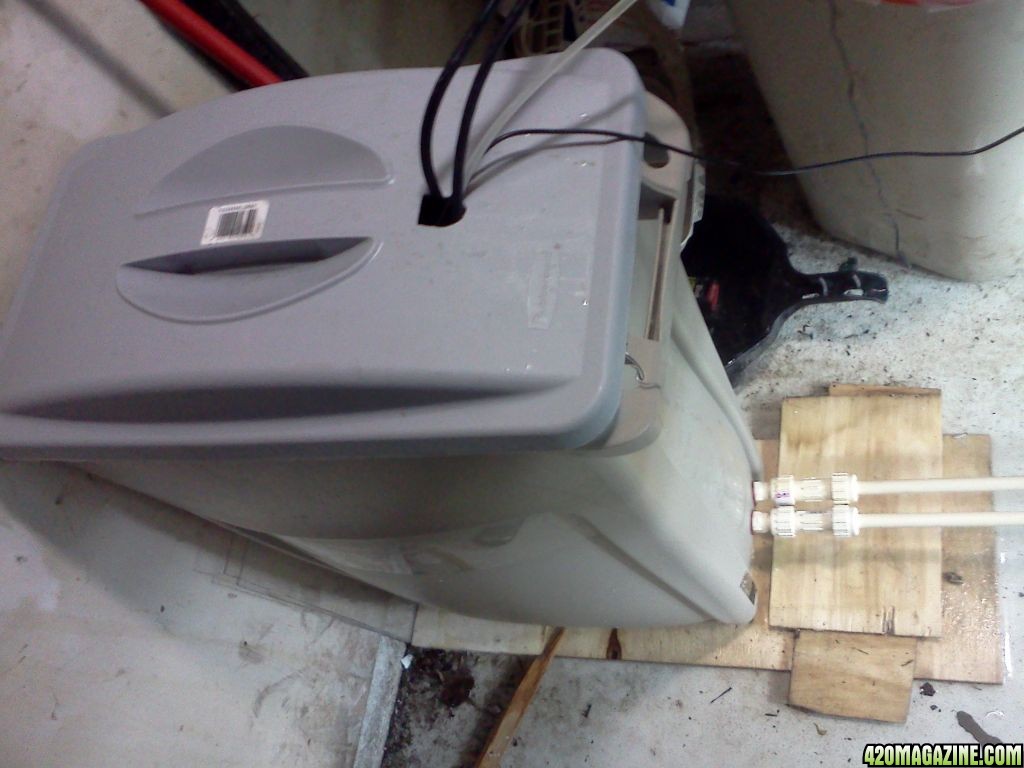
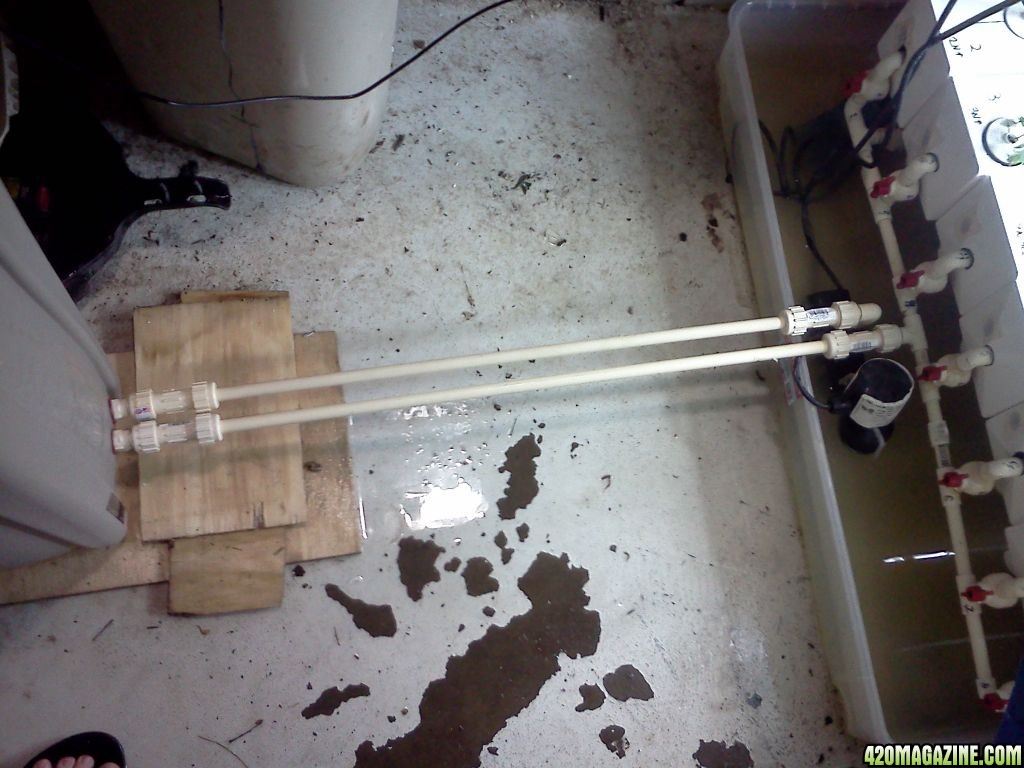
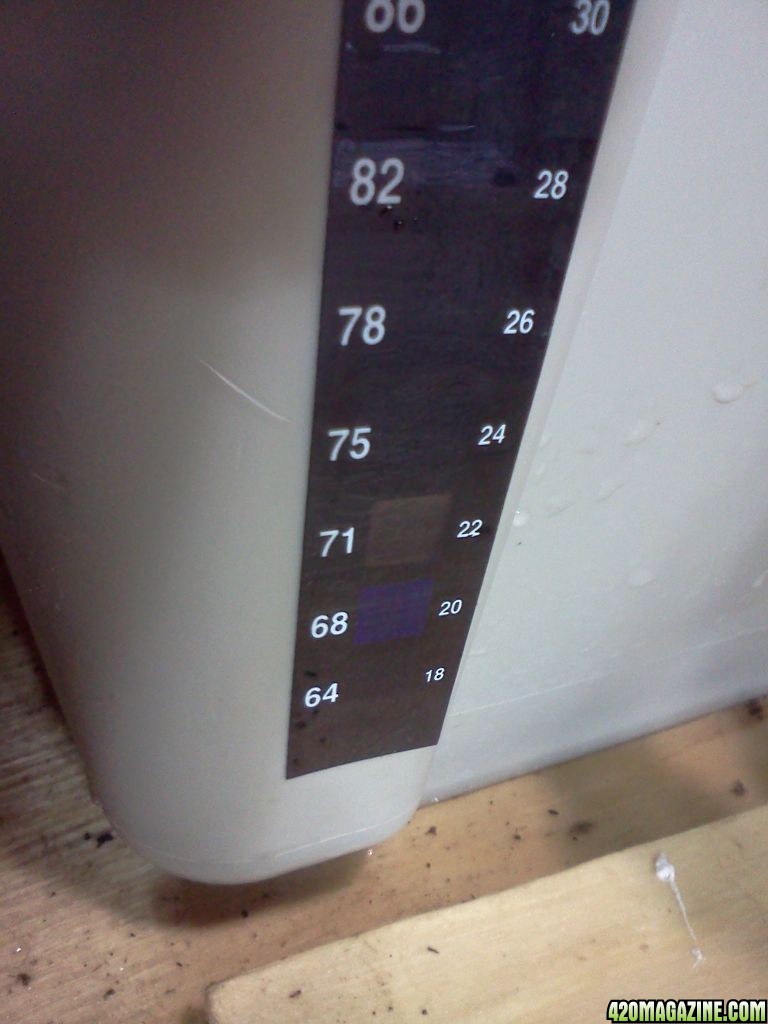
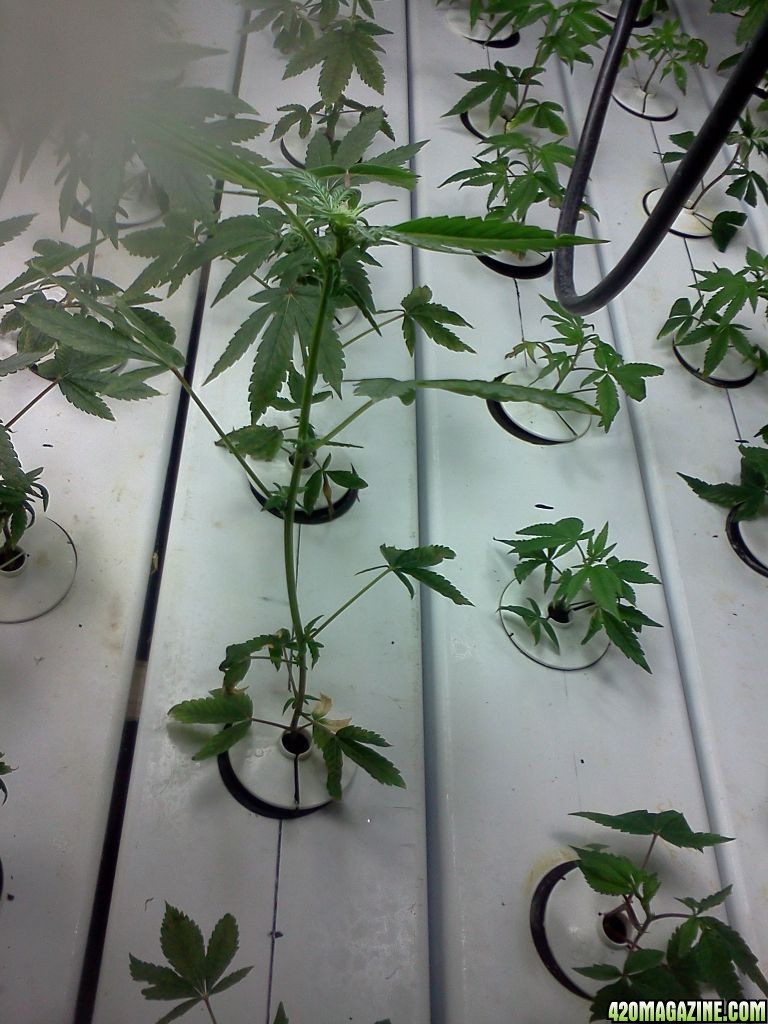
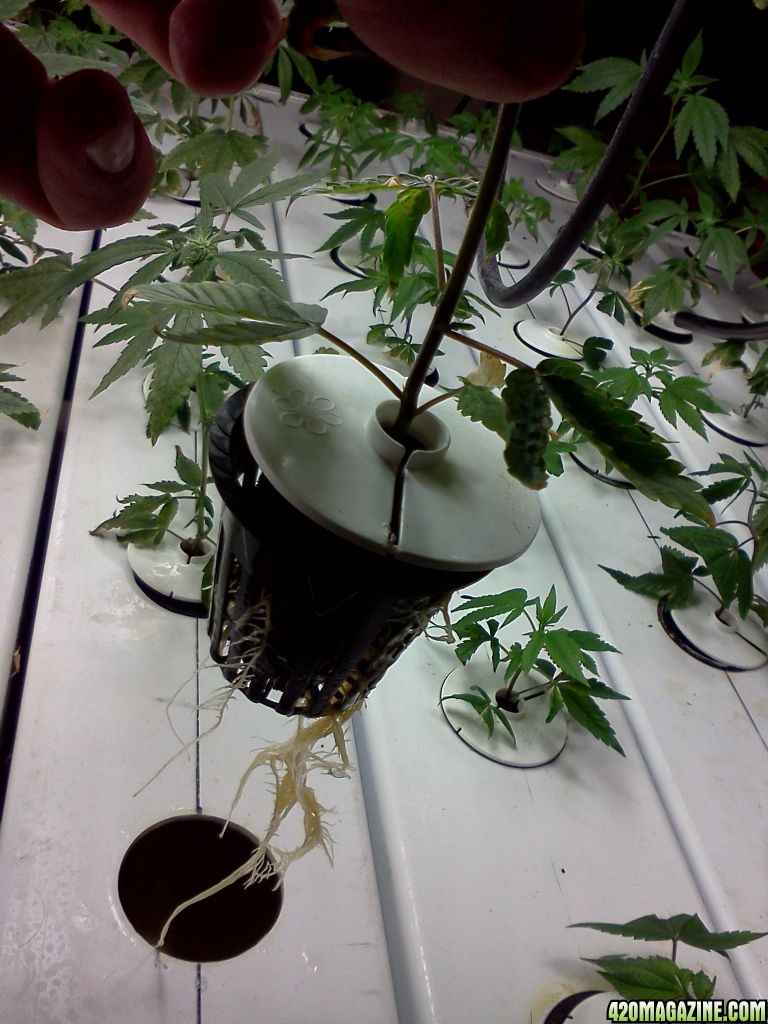
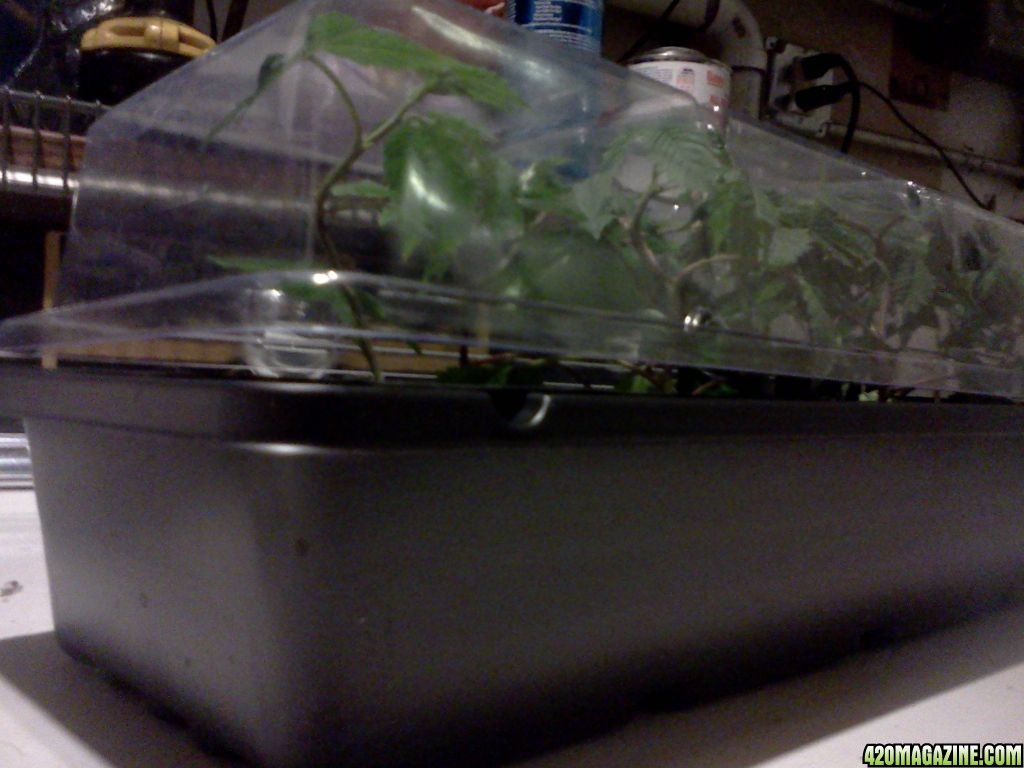
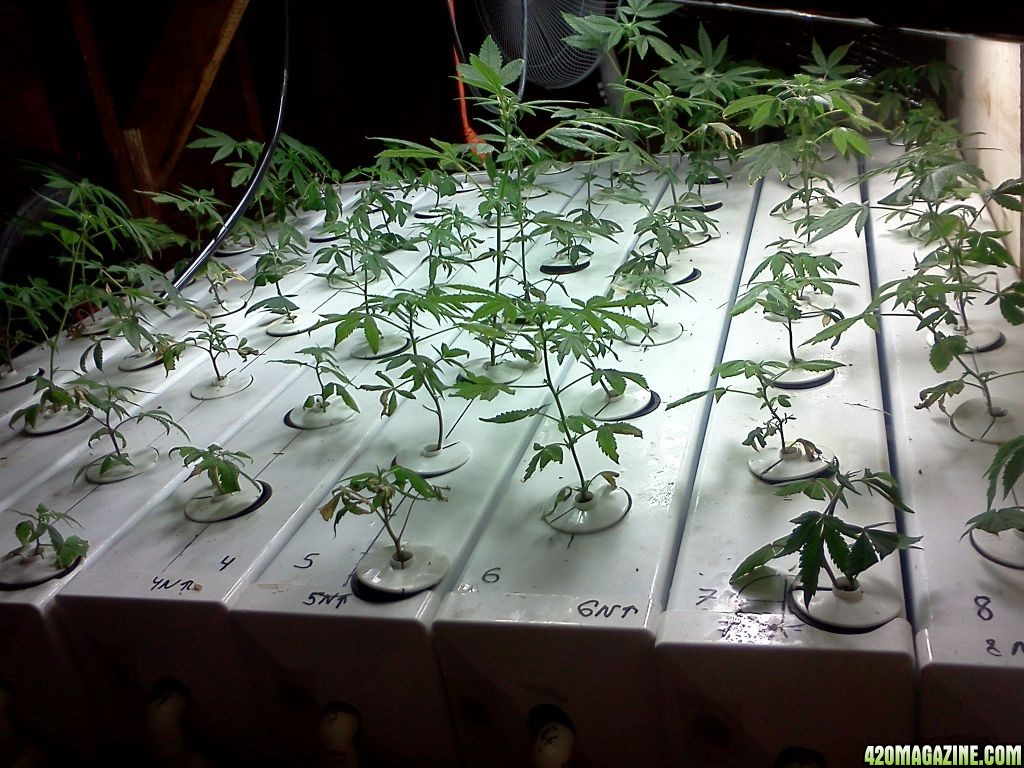
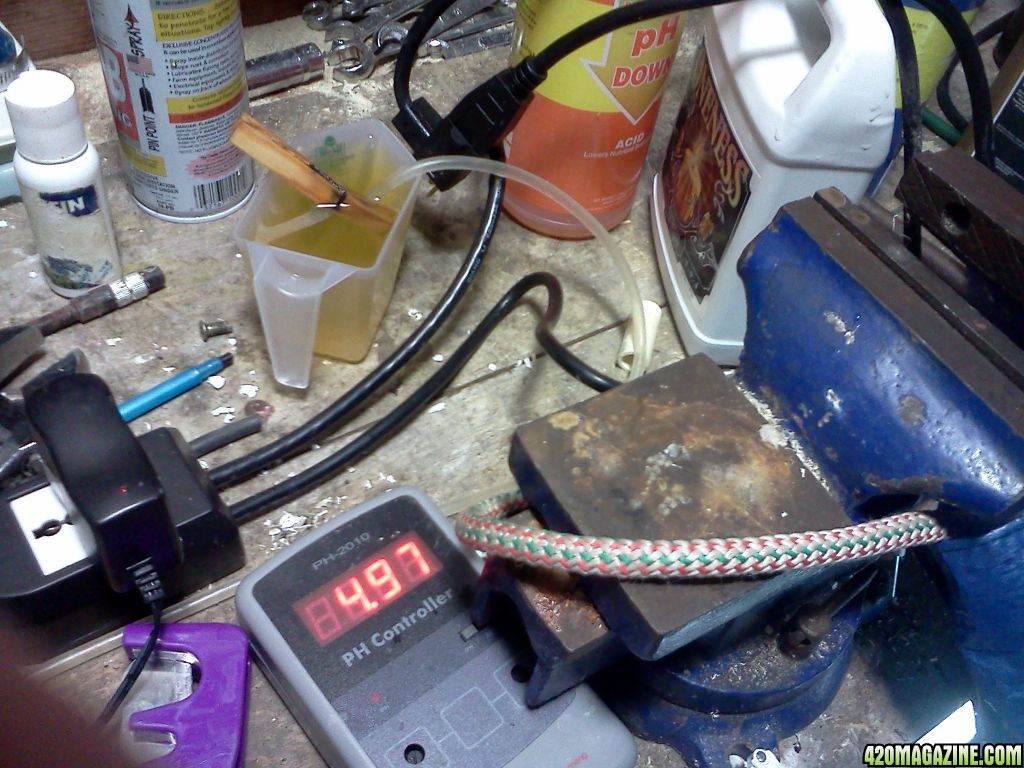
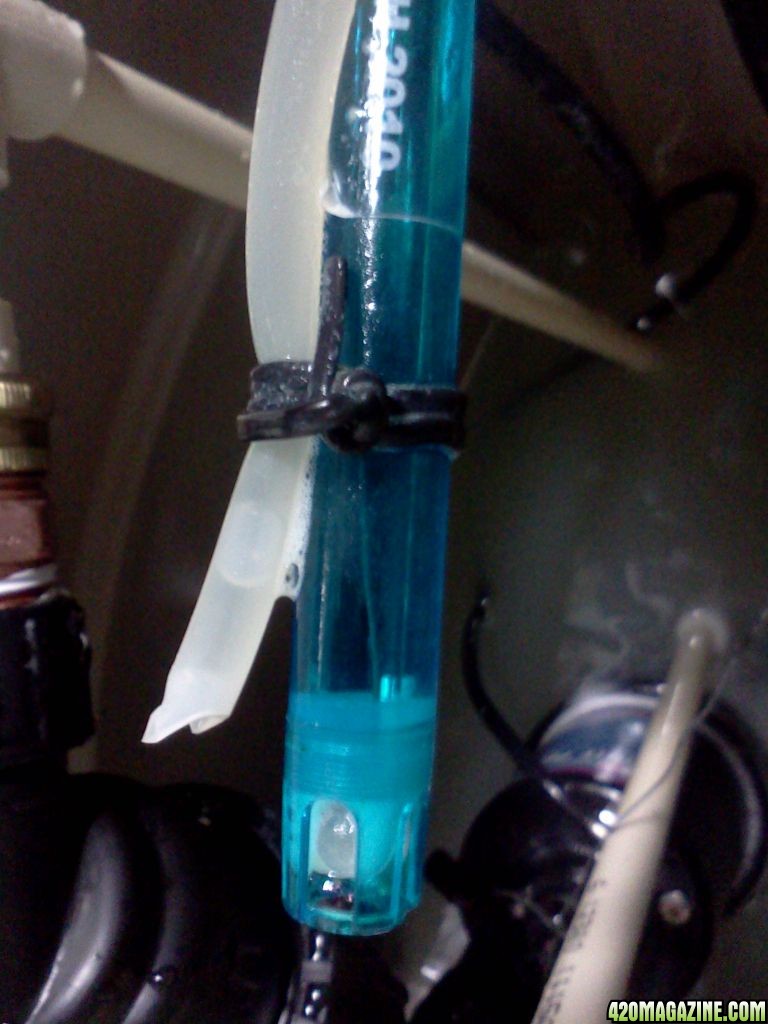
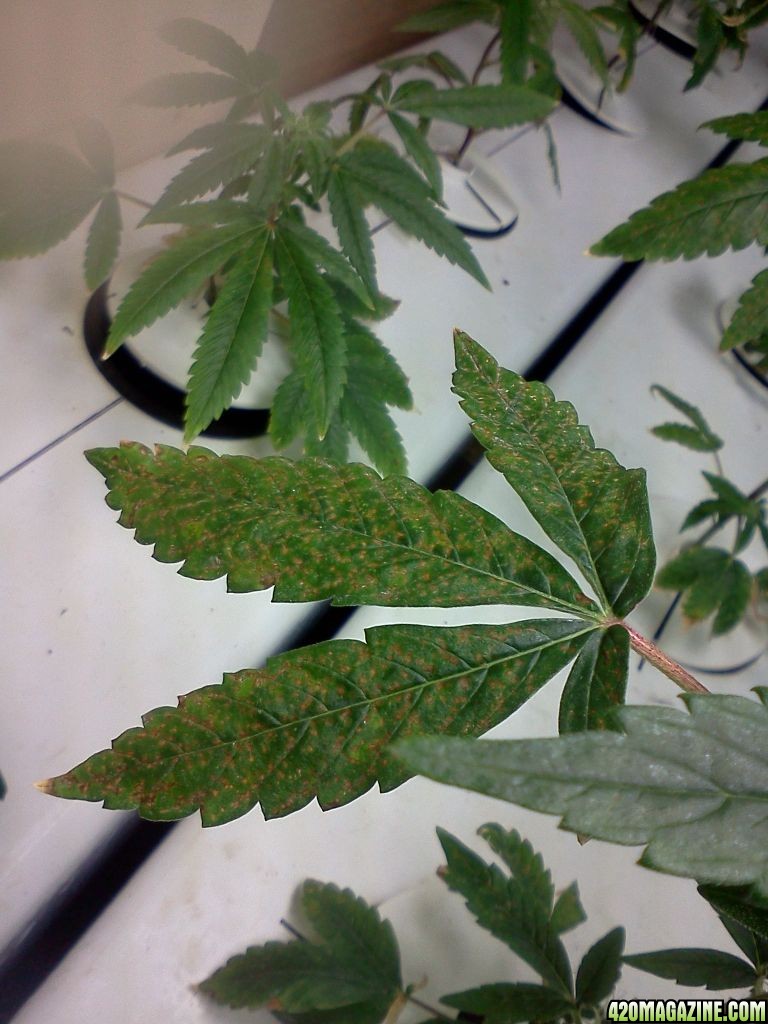




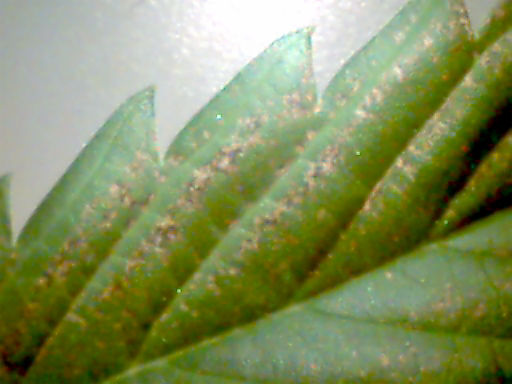
 :K ratio of about 10:7 :8 (which of course is the same ratio as 20:14 :16), and for flowering plants, 4:8 :8. Check the pH after adding nutrients. If you use a reservoir, keep it circulating and change it every 2 weeks.
:K ratio of about 10:7 :8 (which of course is the same ratio as 20:14 :16), and for flowering plants, 4:8 :8. Check the pH after adding nutrients. If you use a reservoir, keep it circulating and change it every 2 weeks.1) I did pretty well, on average about 5 plants for an oz of tall phenotype. that would make it a 13oz, but I had one too many of a shorter phenotype, which skrewed the harvest stats downwards to maybe 10 oz total.
To get on top of this problem, here is the plan I came up with: right now I have 6 mothers and I started marking clones with mom number, so I could later determine which one makes the tall pheno and stick with it.
2) My 400W ballast is RIP, so I replaced it last week with a 600W, thanks to the craigslist - for merely $75 (with free bulbs)
Now keep in mind, my well room is only 70 cu ft of space. If I am not opening the door every night while the lamp is on - things can get pretty heated up there -up to 105F
How do peeps run liquid cooled laps in horticulture?
3) Kandy Kush was from Reserva Privada ( I believe... it was a freebie)
